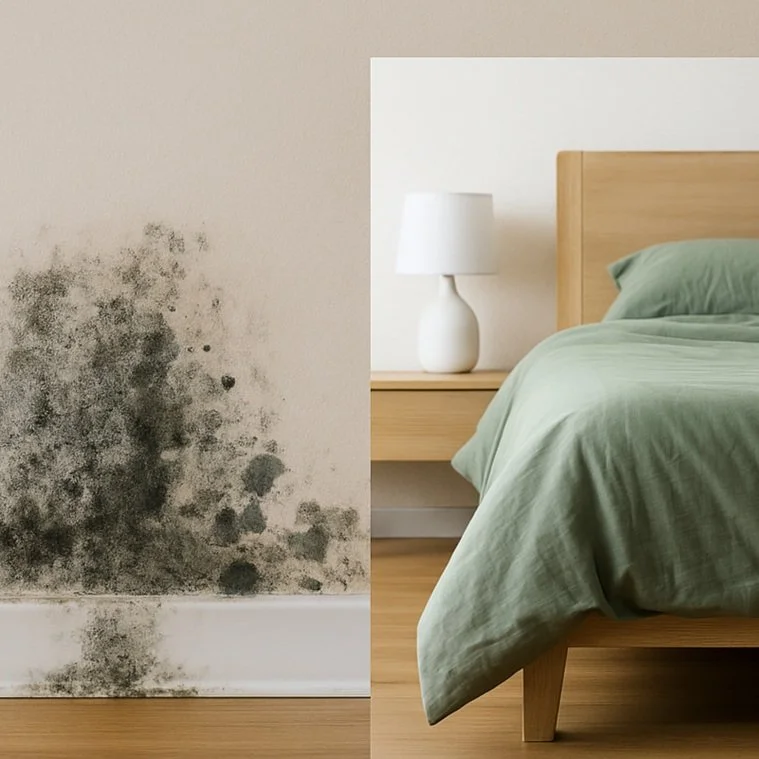Is Your Home Making You Sick?
The hidden health risks in traditional construction — and how we’re building differently at Dilworth Homes.
You probably think of your home as a safe space. Most people do. It’s where you rest, recharge, raise your family. But what if the materials in your walls, the air you breathe, even the water running through your pipes are working against your health?
It’s a hard truth we don’t talk about enough in the building industry: most homes — especially new homes — are built with materials and systems that can slowly make people sick.
I’ve seen it firsthand. As a builder, I’ve walked through job sites where VOC-laced paint, toxic adhesives, tar-based waterproofing, and off-the-shelf insulation are standard. They’re legal. They’re “to code.” But they’re also loaded with chemicals known to impact respiratory health, hormone balance, and long-term wellness.
At Dilworth Homes, we took a step back and asked: What if the building itself could support better health?
VOCs, Mold, and Poor Air: The Big Three
Most people don’t realize that indoor air is often 2 to 5 times more polluted than outdoor air. Why?
Volatile Organic Compounds (VOCs) are released from paint, sealants, adhesives, cabinetry, and flooring. They linger long after move-in and can cause headaches, allergies, and long-term health issues.
Mold and mildew thrive in poorly ventilated bathrooms and behind walls where waterproofing has failed or insulation has trapped moisture.
Stale indoor air accumulates dust, allergens, and carbon dioxide, especially in tightly sealed modern homes without fresh air circulation.
Now imagine all of that trapped in a house with no system to remove it — and no one even thinking about it during construction.
So What Are We Doing Differently?
At Dilworth Homes, including our latest Coolidge build, we’ve committed to building healthy homes. That means:
Zero-VOC materials wherever possible: paints, sealants, adhesives, caulks, flooring.
ERV systems (Energy Recovery Ventilators) to bring in filtered fresh air and exhaust stale indoor air continuously.
No hot mop waterproofing — we use Schluter systems to avoid tar-based VOCs and reduce long-term chemical exposure.
ZIP System sheathing and AdvanTech subfloors for a tighter, more weatherproof building envelope that keeps moisture out and comfort in.
We follow a simple but powerful principle: build tight, ventilate right.
That means sealing the home for maximum efficiency, durability, and air quality — then mechanically managing fresh air flow so the air inside is always cleaner than what’s outside.
We train our crews, choose our vendors carefully, and treat indoor air quality the same way we treat structural safety — it’s non-negotiable.
What If the Problem Isn’t Just What You Do at Home — But the Home Itself?
This isn’t about fear — it’s about awareness.
If your kids are waking up stuffy every morning…
If your asthma flares when you run the heat…
If you feel better after a weekend away…
Maybe it’s not just you. Maybe it’s your home.
A Healthier Way Forward
You deserve more than code compliance. You deserve a home that’s designed to help you breathe better, sleep better, and live better.
That’s what we’re building at Dilworth Homes. And at Coolidge House, you can see — and feel — the difference.
Because your home should heal, not harm.
